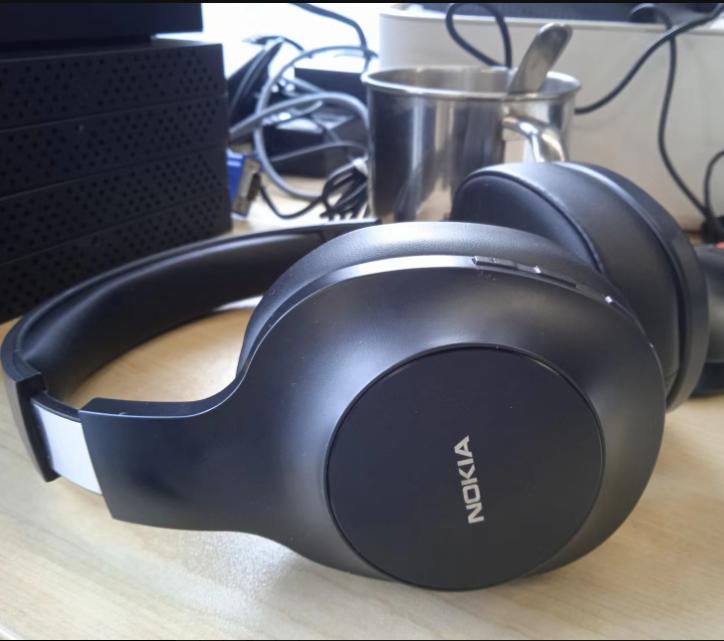Dec 6, 2014
TechnologyFor deploying differenet versions of Wordpress, I searched various kinds of solutions, includeing docker and vagrant, finally I found VCCW(A Wordpress development environment) is what I want, because I could freely changes the WP versions, so following is the guideline for installing and configurating the whole virtualmachine.
Install
The installation steps are listed as:
$ vagrant plugin install vagrant-hostsupdater
$ wget https://github.com/miya0001/vccw/archive/1.9.1.tar.gz
$ tar xzvf 1.9.1.tar.gz
$ cd vccw-1.9.1
$ vagrant up
This will start downloading and configrating the VM, it will cost sometimes. So just drink a coffee and get back.
$ vagrant plugin install vagrant-omnibus && vagrant plugin install vagrant-hostsupdater && vagrant plugin install vagrant-proxyconf
Configure proxy and chef?
$ vim Vagrantfile
Vagrant.configure(2) do |config|
config.proxy.http = "http://1xx.xx.xx:xxx:2xxx"
config.proxy.https = "http://1xx.xx.xx:xxx:2xxx"
config.proxy.no_proxy = "localhost,127.0.0.1,.example.com"
config.omnibus.chef_version = :latest
$ VAGRANT_APT_HTTP_PROXY="http://1xx.xx.xx.xxx:2xxxx vagrant up
$ VAGRANT_APT_HTTP_PROXY="http://1xx.xx.xx.xxx:2xxxx vagrant provision
vagrant halt
Dec 4, 2014
TechnologyBackground
For setup the local blog which used for recording some articles, and provide the RESTful APIs for remote usage.
The tutorial is located at:
http://blog.john.mayonvolcanosoftware.com/building-a-blog-using-flask-and-angularjs-part-1/
Installation of Packages
First preapare the environment using virtualenv2:
$ virtualenv2 flask_blog
$ source flask_blog/bin/activate
Now write a requirements.txt file, under the current folder, the content is:
Flask==0.10.1
Flask-Bcrypt==0.6.0
Flask-HTTPAuth==2.2.1
Flask-RESTful==0.2.12
Flask-SQLAlchemy==1.0
Flask-WTF==0.10.0
Jinja2==2.7.3
MarkupSafe==0.23
SQLAlchemy==0.9.7
SQLAlchemy-Utils==0.26.9
WTForms==2.0.1
WTForms-Alchemy==0.12.8
WTForms-Components==0.9.5
Werkzeug==0.9.6
aniso8601==0.83
decorator==3.4.0
infinity==1.3
intervals==0.3.1
itsdangerous==0.24
marshmallow==0.7.0
py-bcrypt==0.4
pytz==2014.4
six==1.7.3
validators==0.6.0
wsgiref==0.1.2
Use pip install -r requirements.txt for installing all of the packages.
Dec 4, 2014
TechnologyProblem
Could see the SSID, but could not connect to it.
Trouble Shooting
First check the log in /var/log/wicd:
[root@TrustyArch wicd]# cat wicd.log
2014/12/04 20:32:02 :: DHCP connection successful
2014/12/04 20:32:02 :: not verifying
2014/12/04 20:32:02 :: Connecting thread exiting.
2014/12/04 20:32:03 :: Sending connection attempt result success
2014/12/04 20:34:20 :: trying to load backend external
2014/12/04 20:34:20 :: trying to load backend ioctl
2014/12/04 20:34:20 :: WARNING: python-iwscan not found, falling back to using iwlist scan.
2014/12/04 20:34:20 :: WARNING: python-wpactrl not found, falling back to using wpa_cli.
I think it’s because the dhcpcd still alive, so manually kill this process via pkill dhcpcd, then re-connect again.
Trouble Solved.
Dec 3, 2014
TechnologyAfter installing the flattern theme of octopress, I found the post date missed. Following is the steps for catching it back.
rake install['flatten']
Modify the following file:
$ cat .themes/flatten/source/_includes/post/date.html
Then in .themes/flatten/source/_layouts/post.html, modify the following lines:
<p class="meta">
//.....//
</p>
After modification, you would see the time is displayed before the comment numbers.
Notice, the modification is not visible in codeblocks because the embedded symbol could not be resolved thus will cause build error, so the detailed code would be only fetched from my github repository but remains blank codeblocks here in this article.
Dec 3, 2014
TechnologyJust for swiftly deploy WP and test the RESTful API, I did following operations and runs a WP temporately.
PULL
Pull following containers:
$ docker pull mysql
$ docker pull wordpress
$ sudo docker images
REPOSITORY TAG IMAGE ID CREATED VIRTUAL SIZE
<none> <none> 480ac552cd39 About an hour ago 192.8 MB
mysql latest 98840bbb442c 39 hours ago 235.5 MB
wordpress latest 9f51af77fd96 8 days ago 470.5 MB
Configuration
Explanation for following commands, --name is the name for our container, -p 8038:80 is mapping the host machine’s 8038 port to container wordpress_1:
$ docker run --name mysql_1 -e MYSQL_ROOT_PASSWORD=xxxx -d mysql
$ docker run --name wordpress_1 --link mysql_1:mysql -p 8038:80 -d wordpress
Now open your browser to http://localhost:8038 and you got the wordpress installation window.
WP
After we installed WP, we could install JSON REST API from:
https://wordpress.org/plugins/json-rest-api/
After installation, we could test the REST API via curl:
TBD
View Docker status
First we should grab the docker’s PID via following command:
$ docker inspect --format "{{ .State.Pid }}" mysql_1
28254
$ docker inspect --format "{{ .State.Pid }}" wordpress_1
28754
Then we could nsenter the docker container and view its status:
$ sudo nsenter --target 28254 --mount --uts --ipc --net --pid -- /bin/bash
$ sudo nsenter --target 28754 --mount --uts --ipc --net --pid -- /bin/bash
In the ‘attached’ environment we could inspect the status for corresponding services.
Stop docker contains
via docker stop we could simply stop the docker container:
[Trusty@~/code/30days/Docker]$ sudo docker ps
CONTAINER ID IMAGE COMMAND CREATED STATUS PORTS NAMES
0995854e2144 wordpress:latest "/entrypoint.sh apac About an hour ago Up About an hour 0.0.0.0:8038->80/tcp wordpress_1
99d257ad6e24 mysql:latest "/entrypoint.sh mysq About an hour ago Up About an hour 3306/tcp mysql_1
[Trusty@~/code/30days/Docker]$ docker stop 0995854e2144
0995854e2144
[Trusty@~/code/30days/Docker]$ docker stop 99d257ad6e24
99d257ad6e24
[Trusty@~/code/30days/Docker]$ sudo docker ps
CONTAINER ID IMAGE COMMAND CREATED STATUS PORTS NAMES
